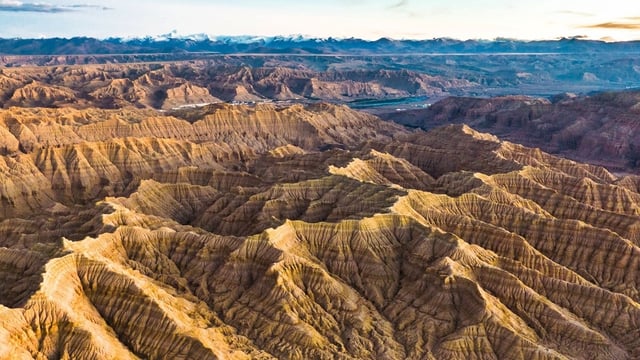Overview
- Seismic wave slowdowns detected beneath eastern Oman provide the first robust evidence of a ghost plume, a mantle upwelling that fails to breach the surface.
- Named the Dani plume, the column spans roughly 200–300 km in diameter and is about 100–300 °C hotter than surrounding mantle material.
- Researchers attribute the plume’s lack of surface volcanism to a roughly 100 km-thick rock lid that prevents melt from ascending.
- Modelling indicates the Dani plume emerged during the late Eocene and influenced the Indian plate’s drift and ongoing elevation of Oman’s landscape.
- The discovery implies the core-mantle boundary may be releasing more heat than current models estimate and suggests additional hidden plumes may exist.



